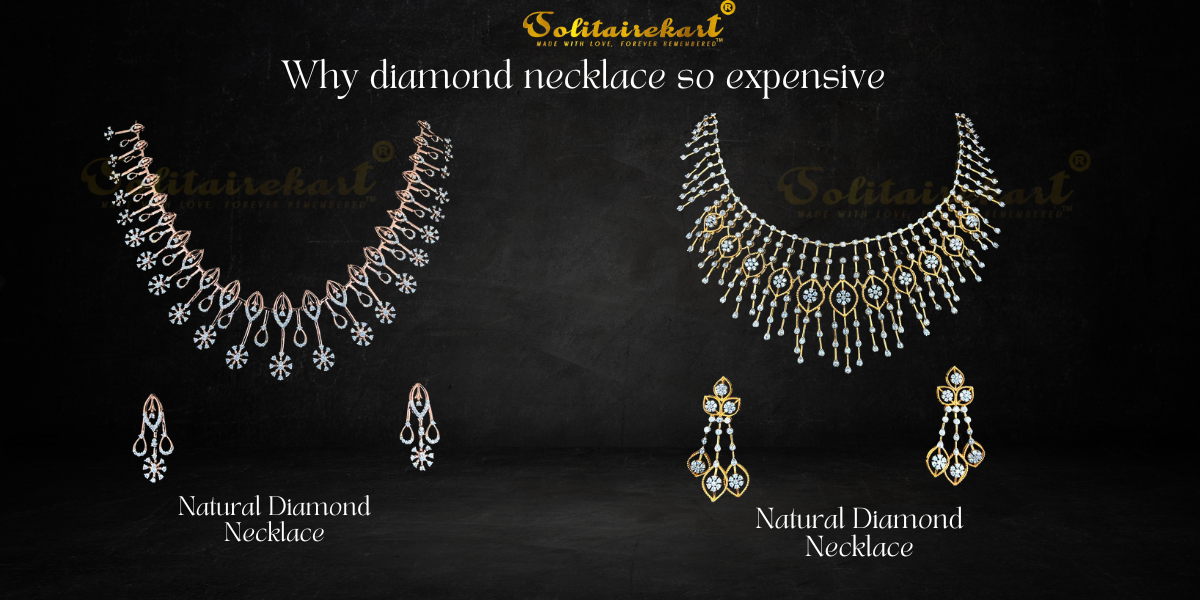Lab-Grown Diamonds vs. Natural Diamonds: Unveiling the Differences
Diamonds have long been revered for their beauty and durability, but now there’s a new player in town: lab-grown diamonds. While lab-grown diamonds and natural diamonds may appear similar to the untrained eye, there are distinct differences between the two. Let’s dive into these differences and understand what sets lab-grown diamonds apart from natural diamonds.
Origin and Formation:
The most evident difference between lab-grown diamonds and natural diamonds lies in their origin and formation. Natural diamonds are formed deep within the Earth’s mantle under intense heat and pressure over billions of years. On the other hand, lab-grown diamonds are created in a controlled laboratory environment that replicates the natural diamond formation process. Through advanced technology, lab-grown diamonds can be produced in a matter of weeks or months.
Composition and Structure:
Both lab-grown diamonds and natural diamonds have the same chemical composition, which is pure carbon. However, due to the differences in their formation, there may be variations in their crystal structure. Natural diamonds typically have a crystal lattice structure, while lab-grown diamonds can have a variety of crystal structures, including cuboid or plate-like formations. These differences in crystal structure can sometimes be used to identify whether a diamond is natural or lab-grown.
Clarity and Color:
Natural diamonds exhibit a wide range of clarity and color, which can vary from flawless to included and colorless to colored. Lab-grown diamonds, on the other hand, often have higher clarity due to the controlled conditions in which they are grown. They can also be produced in a range of colors, including fancy colors, without the need for any treatment or enhancement. Lab-Grown Diamonds vs. Natural Diamonds: Unveiling the Differences


